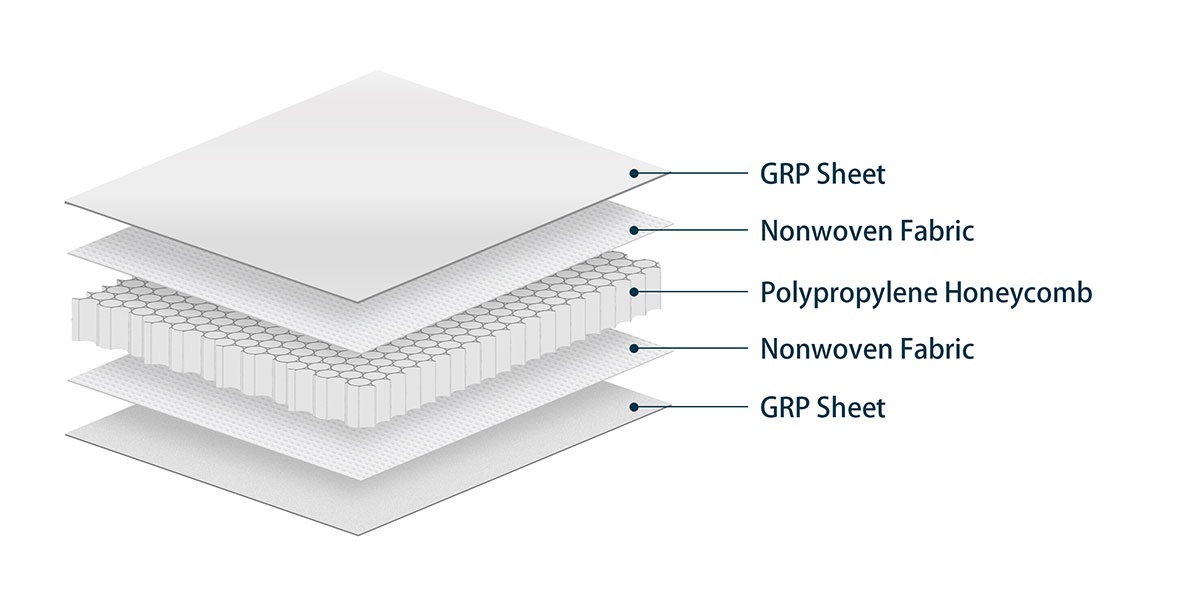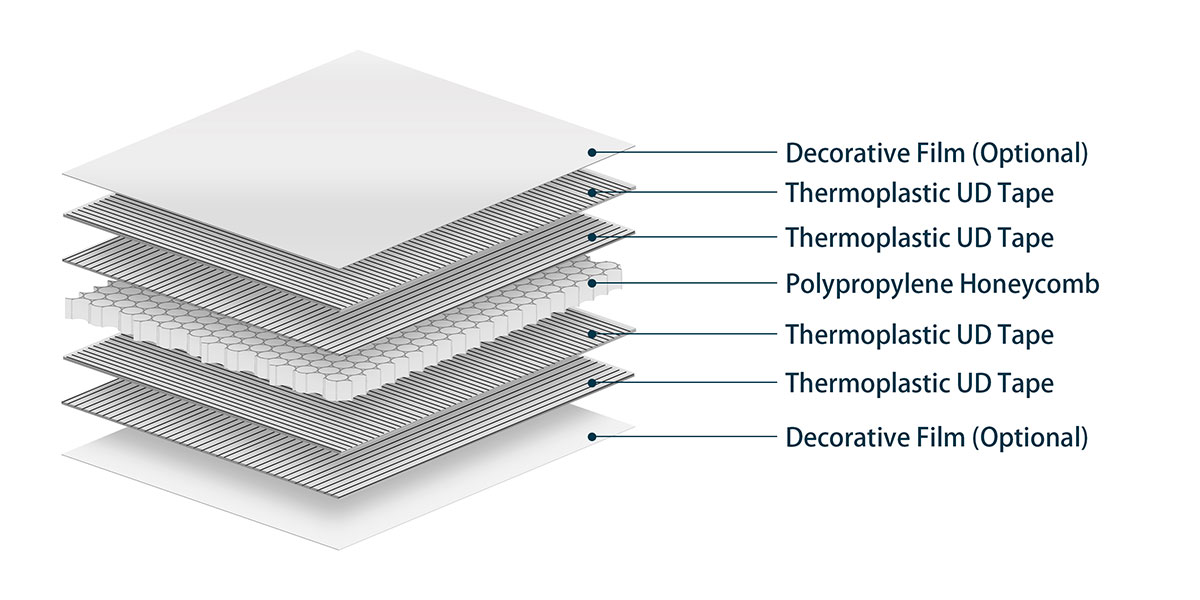
Fiberglass Honeycomb Panels
Lightweight & High Strength & Waterproof
Fiberglass honeycomb panels are recognized by more and more people. It is a typical sandwich structure composite material, which is composed of fiberglass panels and PP honeycomb core material. This lightweight, high-strength composite panel is replacing traditional wood and metal materials in many fields. T-Panels produces custom lightweight honeycomb panels, providing proven solutions to a variety of industries.
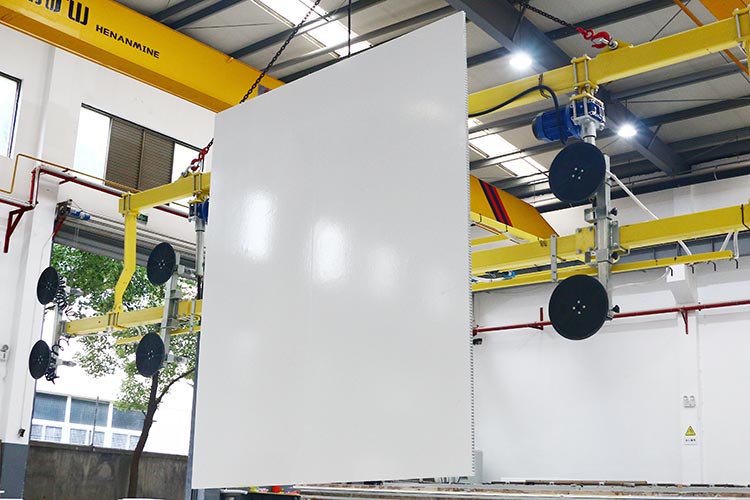
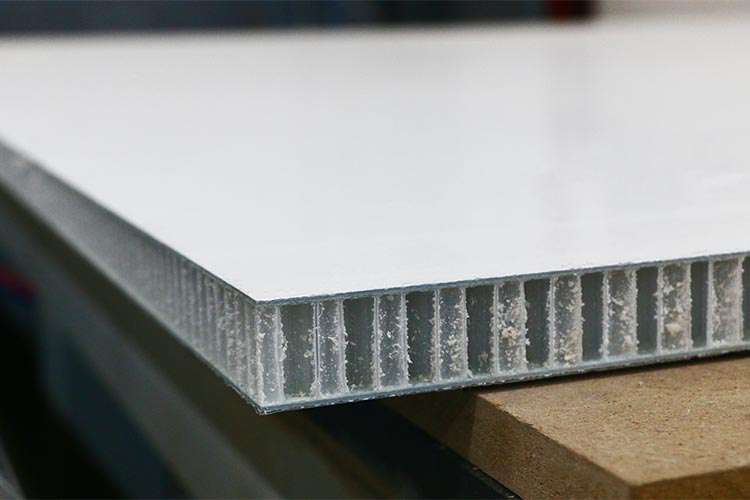
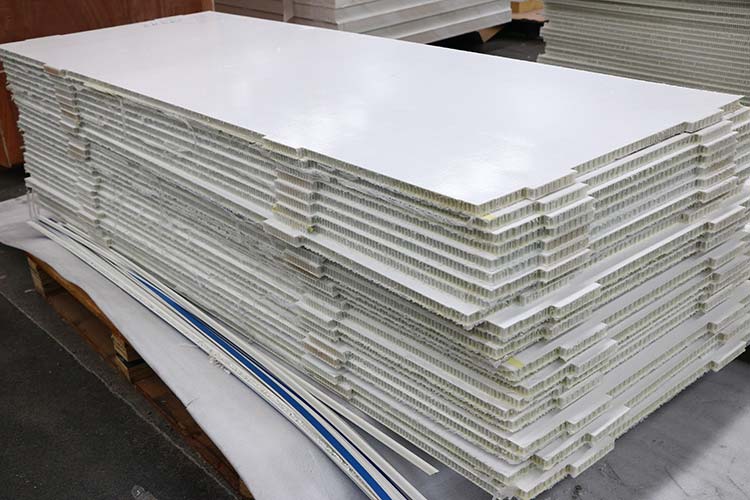
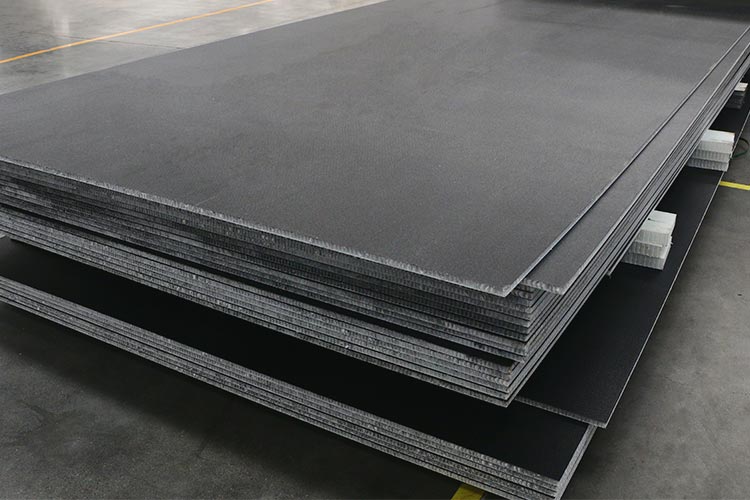
Characteristics of Fiberglass Honeycomb Panels
- Lightweight
PP (polystyrene) plastic has a low density, coupled with its porous structure, which greatly reduces the weight of the composite board. - Excellent Compressive Strength
The honeycomb core has stable performance and has high strength and rigidity. - Excellent Flexural Strength
Fiberglass honeycomb panels perform exceptionally well when subjected to bending and deformation. - Weather resistance
Fiberglass has good corrosion resistance and weather resistance, so the honeycomb panels can be used in outdoor environments for a long time.
Basic Specifications
- Skin Material: Thermosetting GRP, thermoplastic GRP (CFRT sheet).
- Core Material: Polypropylene Honeycomb. (Cell diameter: 8/12mm, Density: 80/120kg/m³ )
- Length: within 12m.(Tolerance: 1.0mm)
- Width: within 3.2m. (Tolerance: 1.0mm)
- Thickness: 10~80mm.(Tolerance: 0.1mm)
- Surface Treatment: Glossy, matte, embossed, anti-slip, etc.
- Processing: CNC machining (cutting, grinding, drilling, etc.)
PP Honeycomb Core
PP (polypropylene) honeycomb core is a plastic product with lightweight, impact resistance, water resistance and corrosion resistance. Its honeycomb structure minimizes its own weight and maintains high compressive strength.
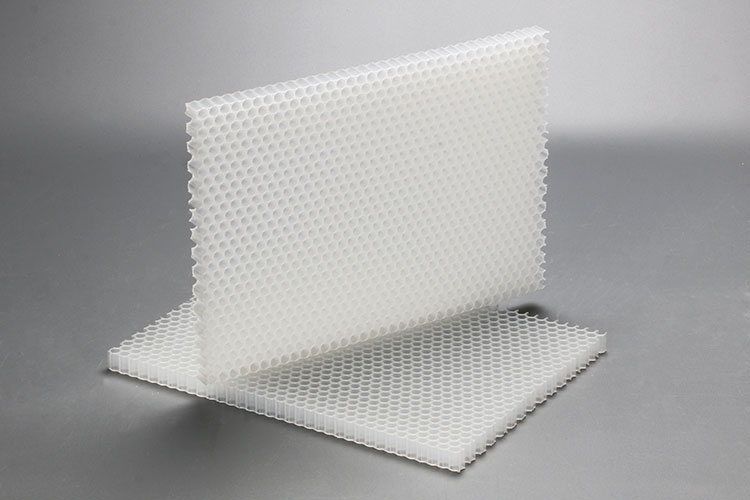
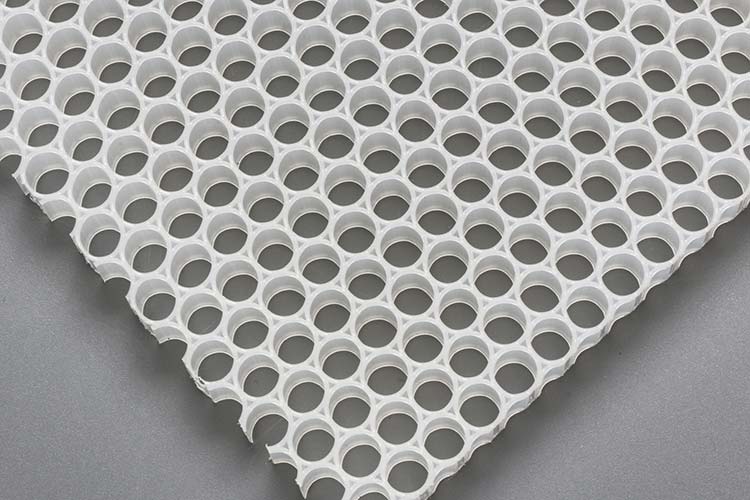
Types of Fiberglass Honeycomb Panels
We offer two different systems of GRP sheets as skin materials for PP honeycomb panels: thermosetting GRP and thermoplastic GRP (CFRT). They have their own characteristics and application fields.
GRP Skin PP Honeycomb Panels
- Thermosetting GRP uses a thermosetting resin as a matrix, with chopped fiberglass felts and fiberglass cloths as reinforcements. Usually, one or both surfaces are coated with a layer of gel-coat. It is bonded with PP honeycomb core with adhesive.
CFRT Skin PP Honeycomb Panels
- Thermoplastic GRP – we call it CFRT, it is multi-layer continuous fiberglass reinforced thermoplastic interwoven at different angles). Usually, a decorative film is attached to its surface. It is thermally laminated with a PP honeycomb core.
Advantages of Our Products
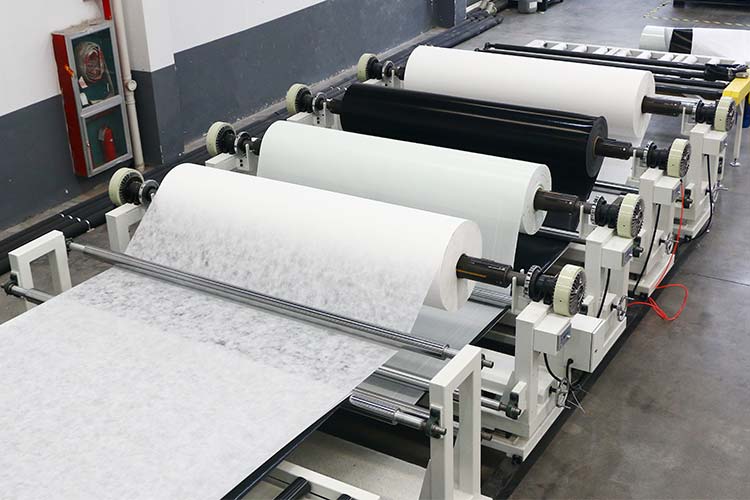
Advanced Production Line
We are equipped with GRP honeycomb panel and thermoplastic honeycomb panel production lines, which can meet customer needs for large-scale, customized products.
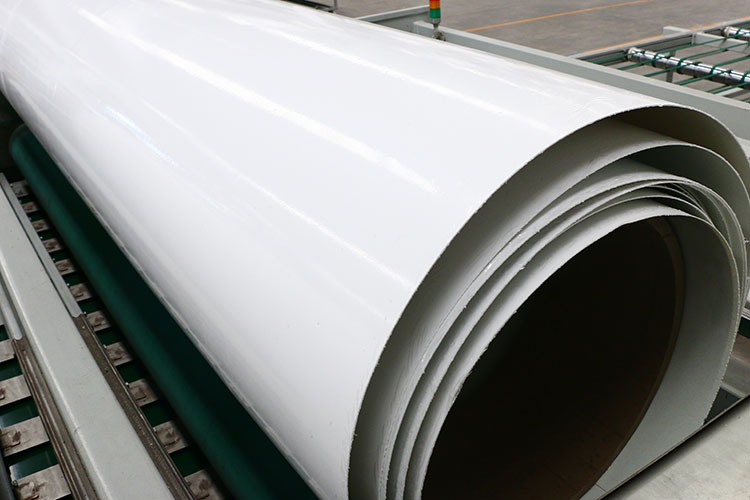
High-quality Raw Materials
The use of UV-resistant fiberglass reinforced materials greatly improves the outdoor weather resistance of honeycomb panels. There is no need to worry about damage to the panels from the scorching sun, wind, sand, rain and ordinary chemicals.
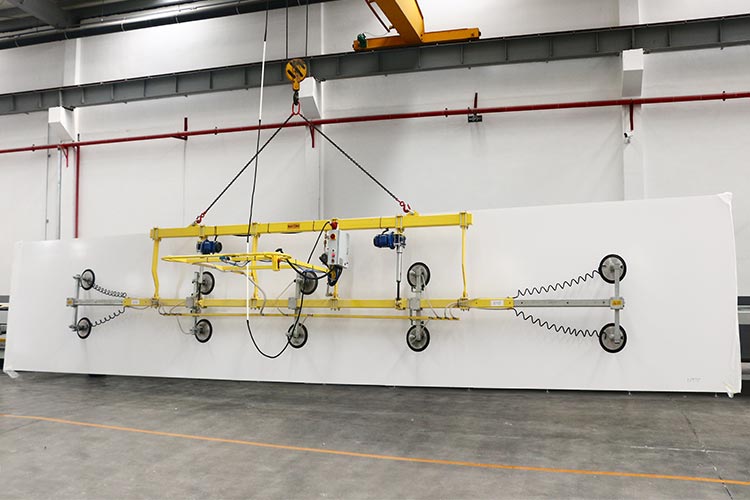
Super Size
We use large-scale advanced mechanical equipment and leading technology to produce fiberglass PP honeycomb panels. The size of panels can reach a length of 12m and a width of 3.2m, while still maintaining stable performance.
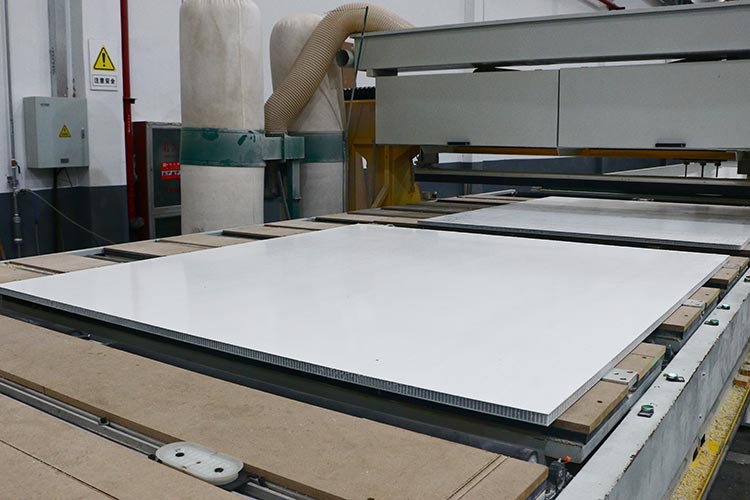
CNC Machining
5-axis CNC machining. High-speed and precise processing of honeycomb panels. We can process any complex shape with minimum error guaranteed.
Application Field
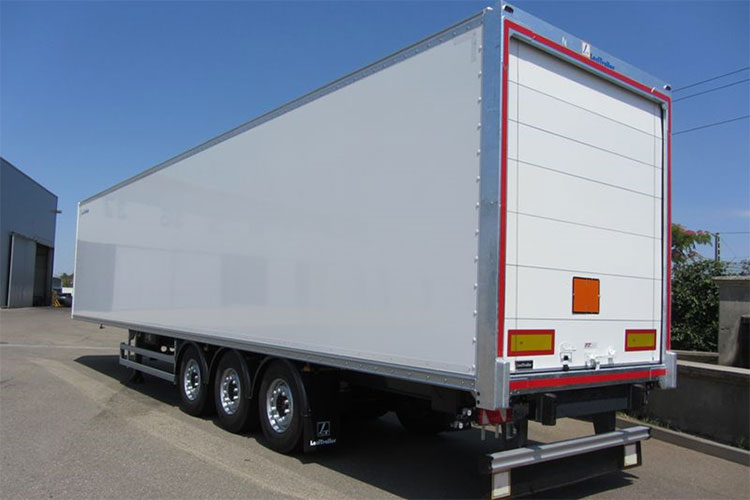
- The lightweight and high-strength properties of glass fiber honeycomb panels are very suitable for dry cargo truck boxes. It is a typical material for truck lightweight.

- Fiberglass PP honeycomb panels are widely used in wall panels and floors of various RVs, caravans, and travel trailers instead of timbers.

- It can be used to manufacture aircraft interiors, wings, empennage and other components, helping to reduce the overall weight of the aircraft and improve fuel efficiency.
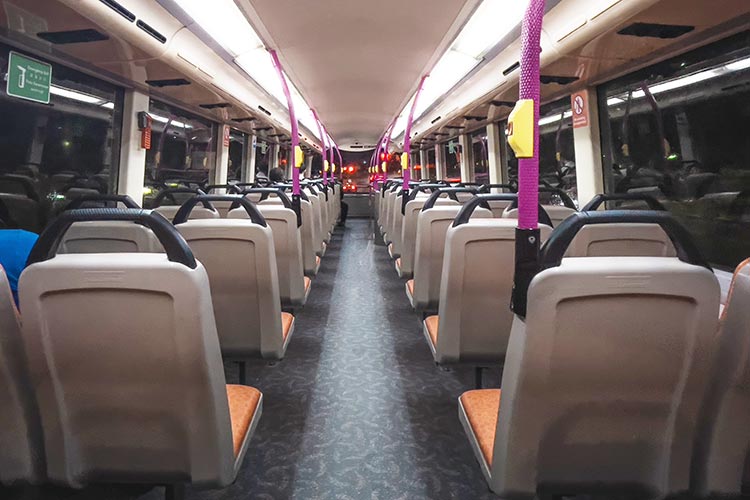
- Floors, wall panels, ceilings, table panels, etc. of vehicles, trains, buses, etc. Its lightweight properties help reduce vehicle weight and improve fuel economy.
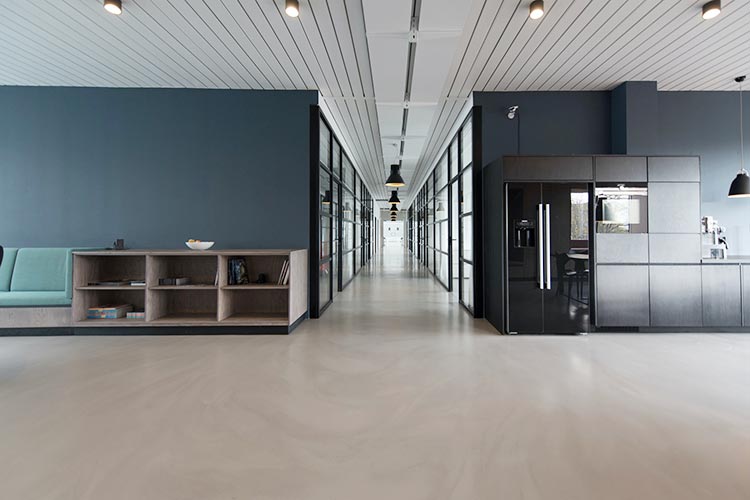
- It can be used for walls, roofs, partitions and other parts of buildings.
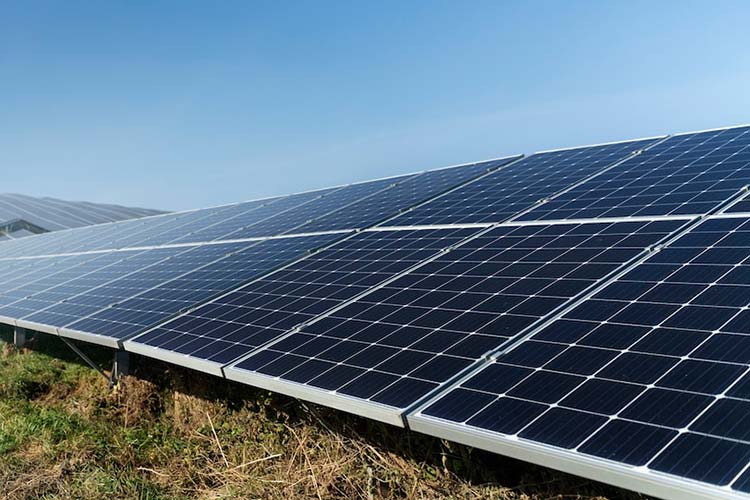
- In the supporting structure of solar panels, they can be used as solar backsheets.

